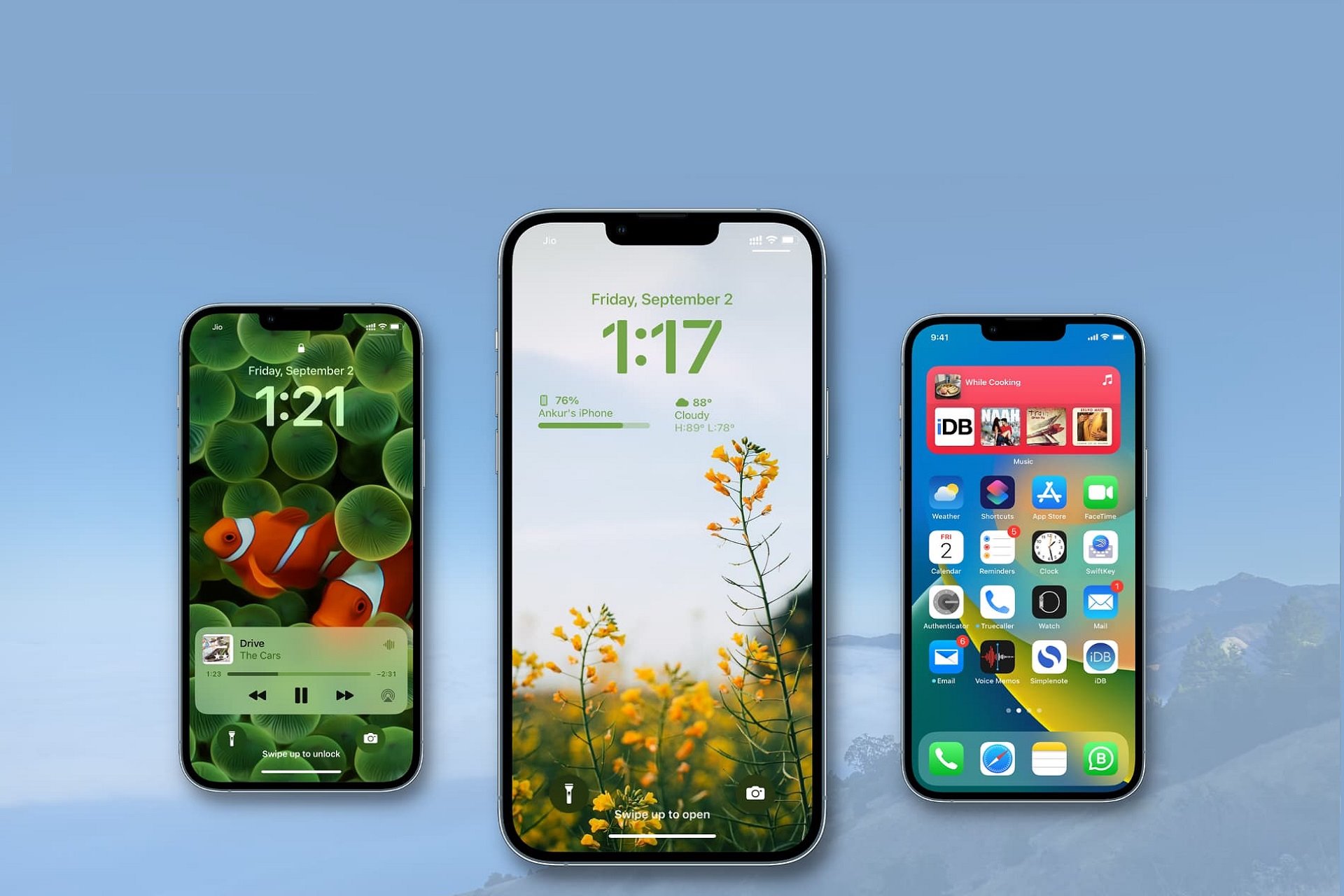iOS 16 Review; Apple’s Biggest Software Surprise In The Last Few Years
Ios 16 Comes With Dramatic Changes To The Lock Screen And A Host Of Key Features We’ve Been Waiting For For Years. Stay With Us By Reviewing ios 16.
Android users and even some iPhone users usually joke that more than half of the so-called new iOS features that are added to this popular operating system every year features that Android introduced a few years ago; Apple takes the rest of the functions from other applications and offers them in the operating system itself. This joke is primarily based on reality, and Apple also has a habit of sometimes pretending that these features are its innovations.
According to some, this strategy is brilliant because with these features coming to iOS, there is no need to download dozens of other applications. But others blame Apple’s laziness and are fed up with the operating system’s disappointing lack of innovation.
iOS 16, which was released on September 12 (September 21) for iPhone 8 and later, has a similar situation; Except for one or two, the rest of the added features are not Apple innovations, and many of the improvements are so subtle that you probably won’t notice them.
However, if you head over to the iOS 16 changes page on Apple’s website, you’ll be greeted with a long list that will probably take you half an hour to read.
With all these words, this time, iOS has been accompanied by not-so-innovative, but significant changes in the appearance of the lock screen, which will undoubtedly excite many users of this ecosystem to update. Looking at the evolution of the iPhone operating system, iOS 16 may even be considered the best and most mature Apple update in the past few years.
iPhones that will receive the iOS 16 update:
- iPhone 8
- iPhone 8 Plus
- iPhone X
- iPhone XS
- iPhone XS Max
- iPhone XR
- iPhone 11
- iPhone 11 Pro
- iPhone 11 Pro Max
- iPhone 12
- iPhone 12 mini
- iPhone 12 Pro
- iPhone 12 Pro Max
- iPhone 13
- iPhone 13 mini
- iPhone 13 Pro
- iPhone 13 Pro Max
- iPhone SE (second generation and later)
- iPhone 14
- iPhone 14 Plus
- iPhone 14 Pro
- iPhone 14 Pro Max
The most significant changes in iOS 16: lock screen, focus, notifications
If there’s only one reason you need to update your iPhone’s operating system, it’s to change the look of the lock screen. Gone are the days when you could only change the lock screen image, and you probably didn’t even bother to do it; iOS 16 now allows you to change the font and color of the date and time by holding your finger on the lock screen and entering the customization mode, and more importantly, by adding Apple widgets or other applications, give the lock screen a more practical aspect.
In addition, you can create as many different lock screens as you like and easily switch between them. The Depth Effect feature also places a part of the image on the watch display to add depth; However, it has not yet reached a stage where it works correctly for all photos. Also, adding a widget disables this feature for unknown reasons.
personalization of the lock screen; The most exciting part of iOS 16
Perhaps the appeal of adding widgets to the lock screen will encourage many users to download new applications that support widgets. If you visit the Apps section of the App Store, you’ll find an article titled Add Widgets to Your Lock Screen that introduces several apps that support lock screen widgets. My favorite widgets are Paku to display the air pollution index, Motivation to display motivational quotes, and Waterllama to remind you to drink water.
In the next few days, most applications will likely offer widgets, making this part of iOS even more exciting. Although the widgets section in this iOS 16 has an annoying bug; So if you delete an application, its empty widget icon will remain in the widget tray when you customize the lock screen.
The always-on display feature that is present in almost all Android phones and has recently made its way to the iPhone 14 Pro and iPhone 14 Pro Max, as well as the Dynamic Island feature, which is a notification area near the new notch for the selfie camera that the user It can interact with it, it will make the lock screen and widgets more functional. As soon as these two phones are available for review on Zoomit, we will share the iOS 16 experience on Dynamic Island.
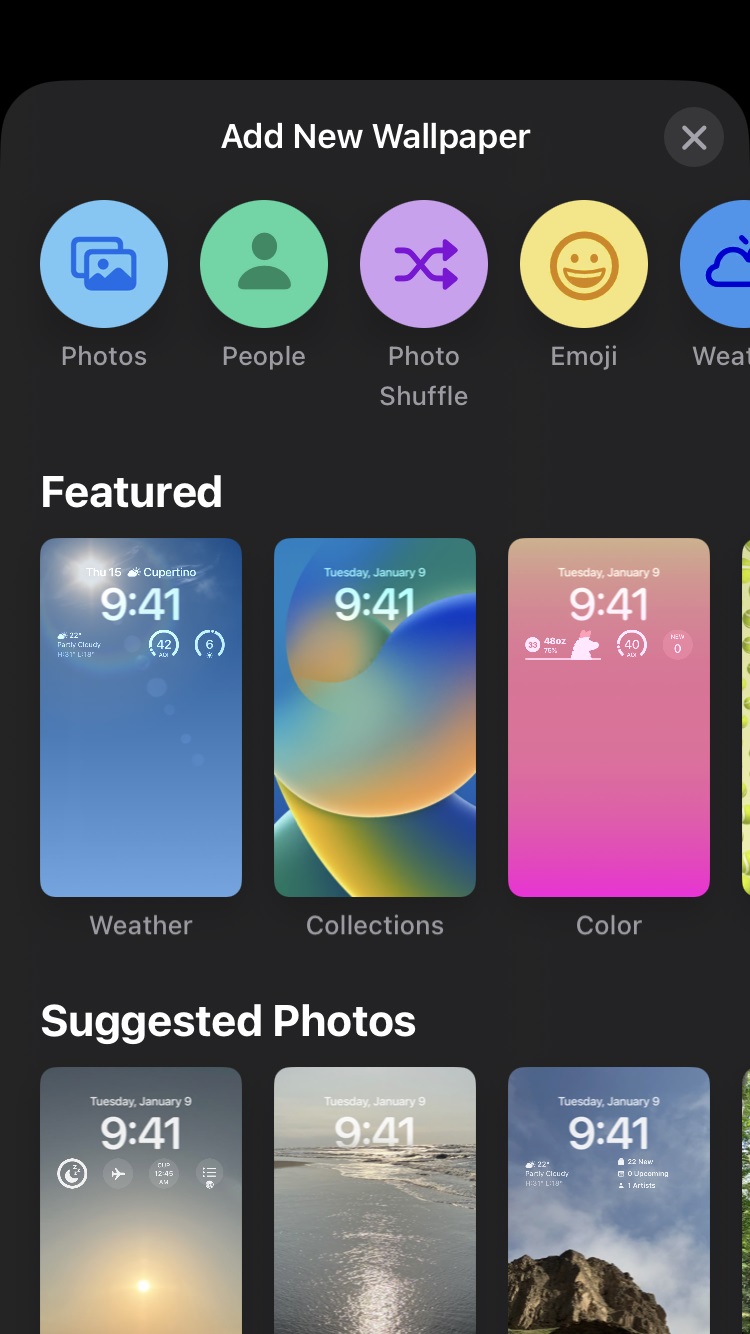
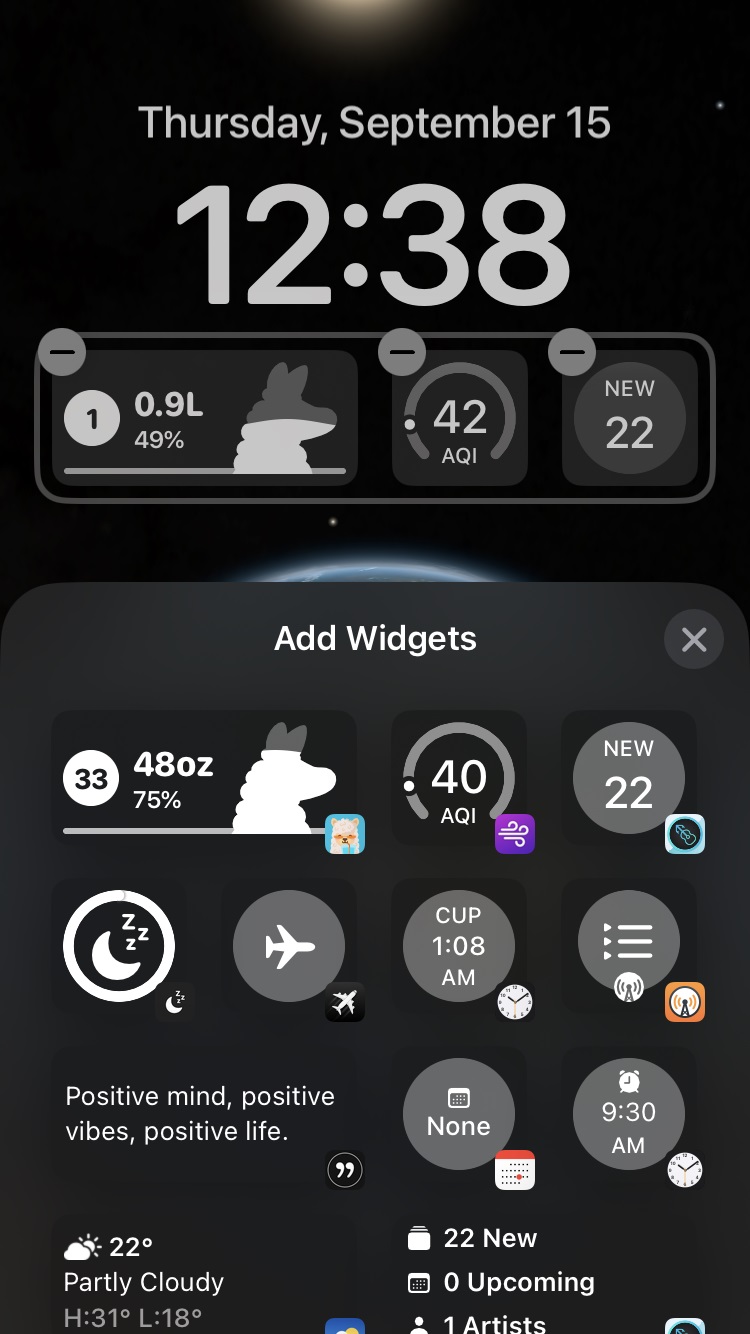
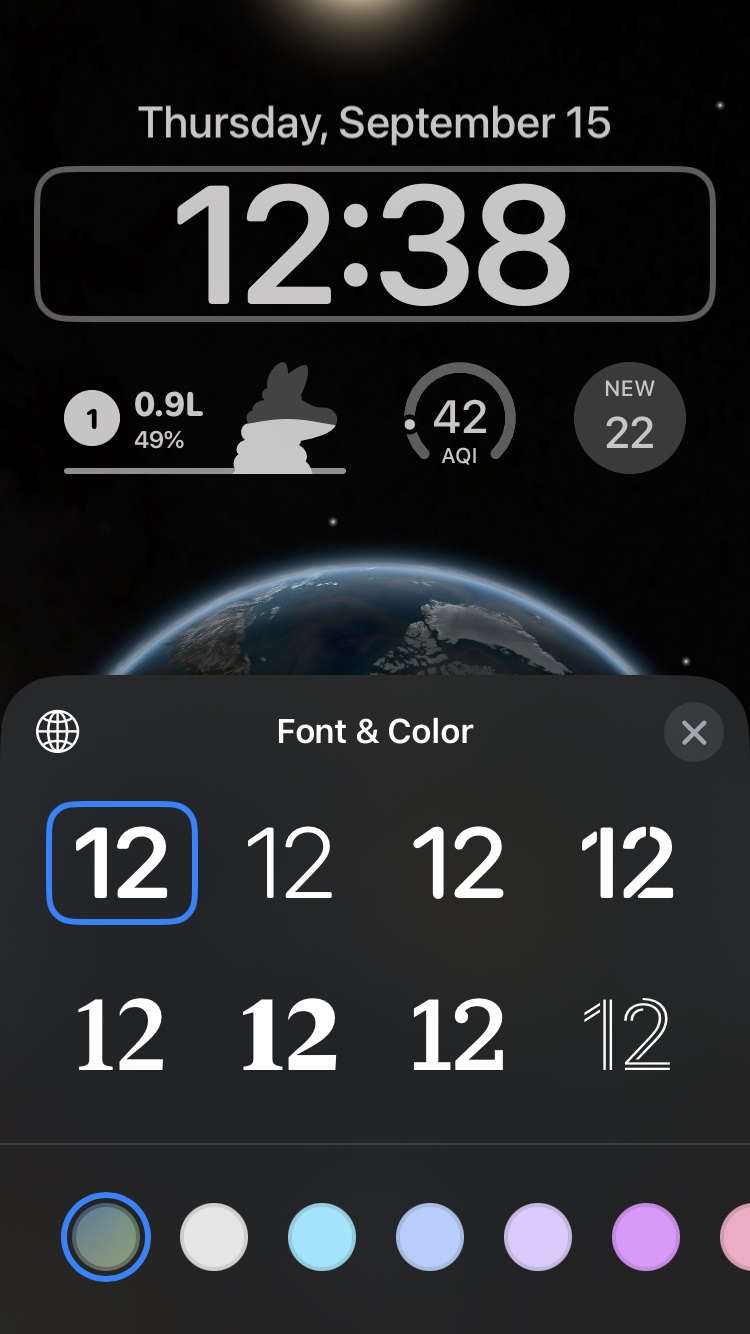
It seems that Apple intends to make the iPhone usable even when you are not using it by changing the appearance of the lock screen, which is not similar to Google’s Material You design language in Android 12; So that you can access the information you were looking for with a glance without having to unlock the phone.
This goal is currently not achieved due to the limited number of widgets and their non-interactivity; Apple has plenty of time to complete its plans for the lock screen in future updates. Additionally, future updates will likely address software bugs that prevent some widgets, including those from Google apps, from being displayed.
With different focus modes, the best part of lock screen changes
But another feature of iOS 16 that caught my attention even more than widgets is the Focus section, which was introduced in iOS 15 and has reached its most mature state. When you enter lock screen customization mode, you’ll present with the Focus option at the bottom of the background image, which is where much of Apple’s magic happens.
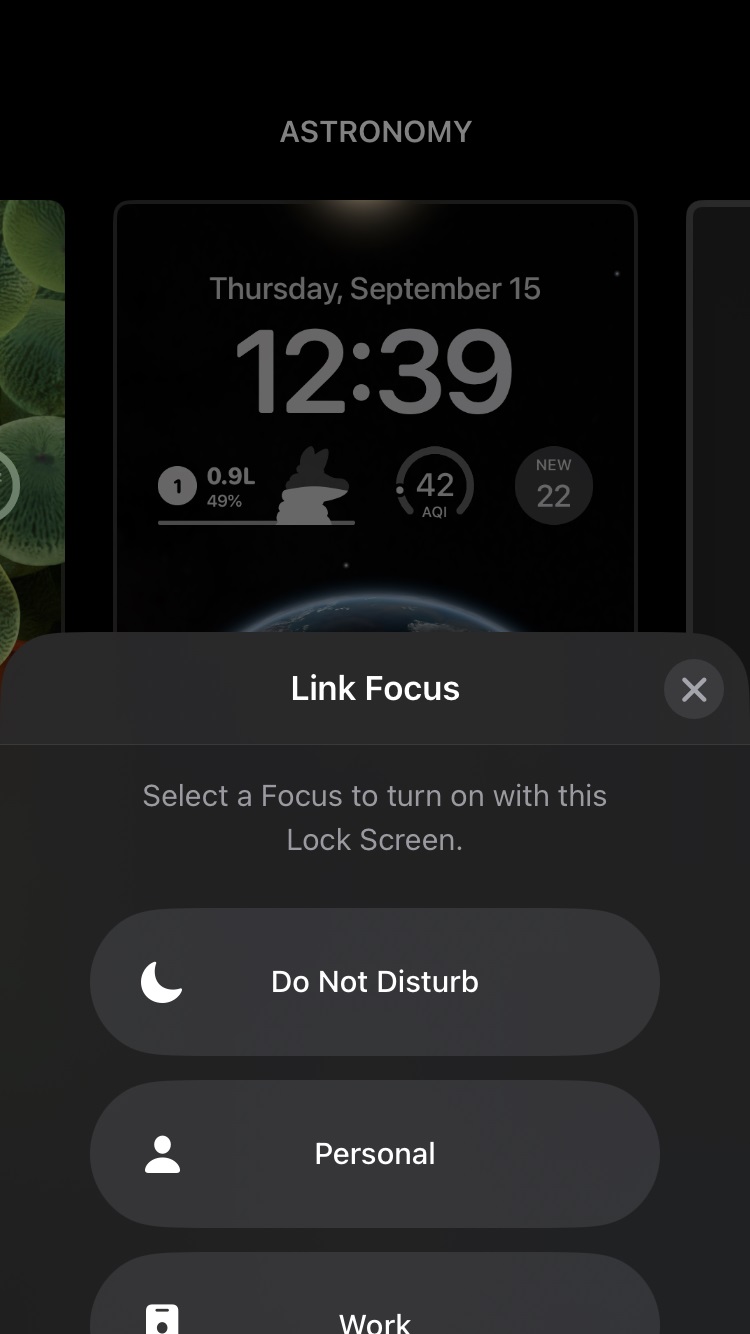
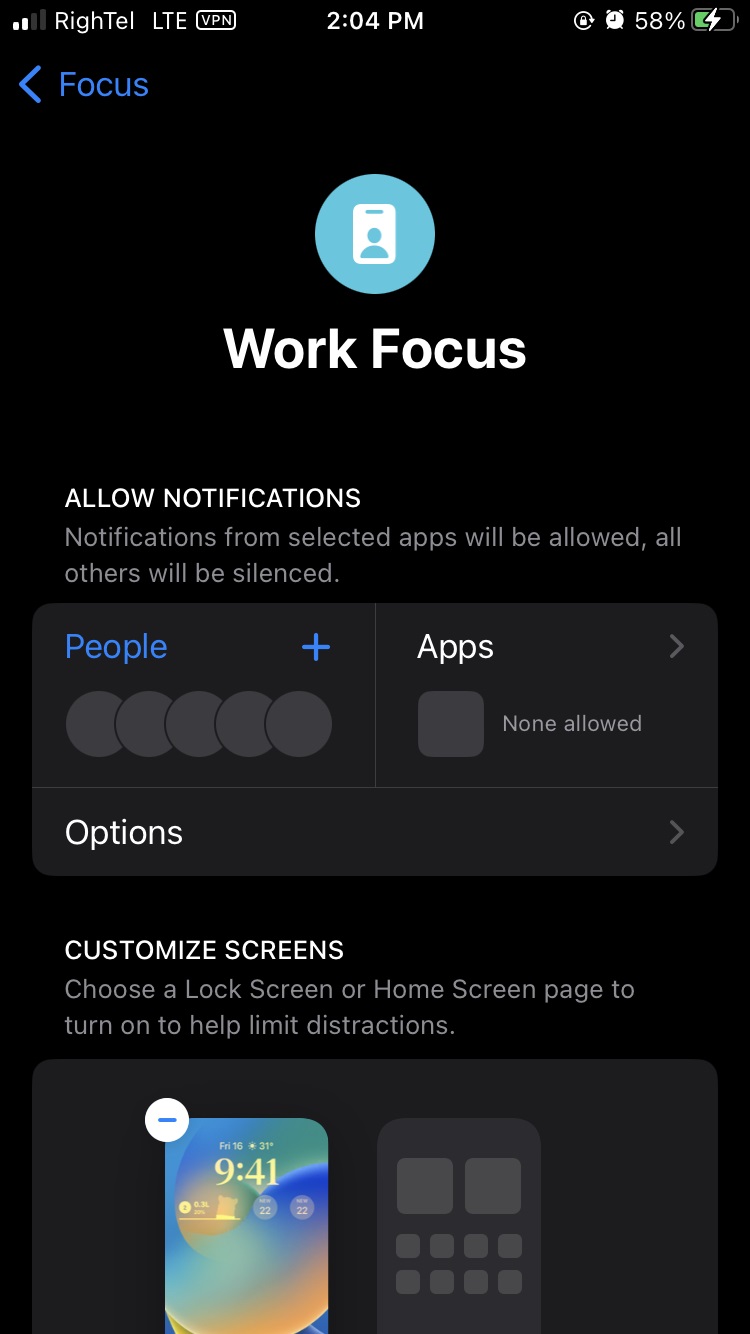
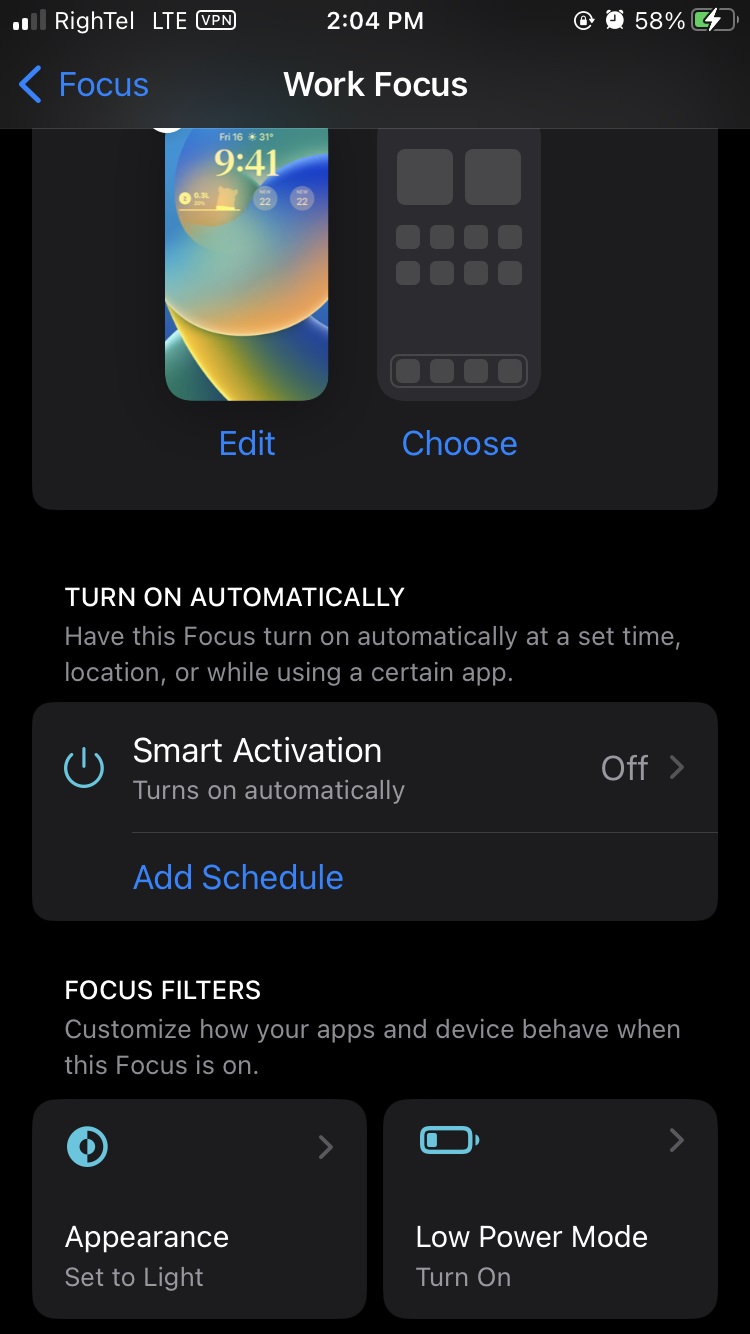
By selecting the Focus option, a list of different modes, including Work or Gaming, will be displayed to increase productivity and focus better, a more advanced version of the Do Not Disturb mode. Due to them, apps or particular audiences can be allowed only at certain times. have access to you.
In iOS 16, if you tap on Focus Setting at the end of this list, you will enter the settings section. From here, you can quickly join the names of people or apps that have permission to access you, or in the Focus Filter section, the dark or light mode of the system Or choose to enable low power mode.
By adding different lock screens with personalized Focus modes, you can change the entire theme of the phone in a fraction of a second just by changing the focus from the Control Center; The experience is very similar to creating different desktops in Windows, and although the initial setup is a little time-consuming, it’s worth it.
And finally, Apple, in line with its plans to move various parts of the UI to the bottom of the screen, including the search bar in Safari, has now also moved the display of notifications to the bottom of the lock screen so that both users are less distracted and the beauty of the lock screen and widgets Show off better.
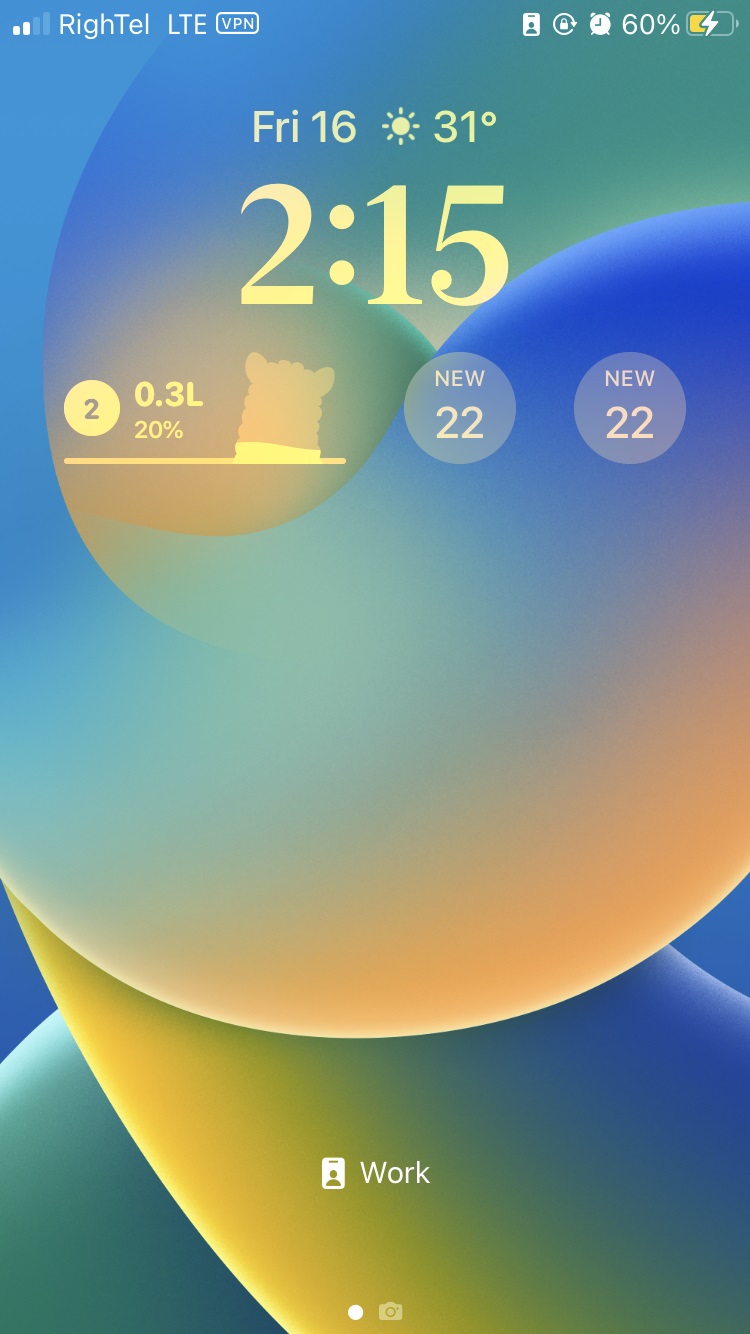
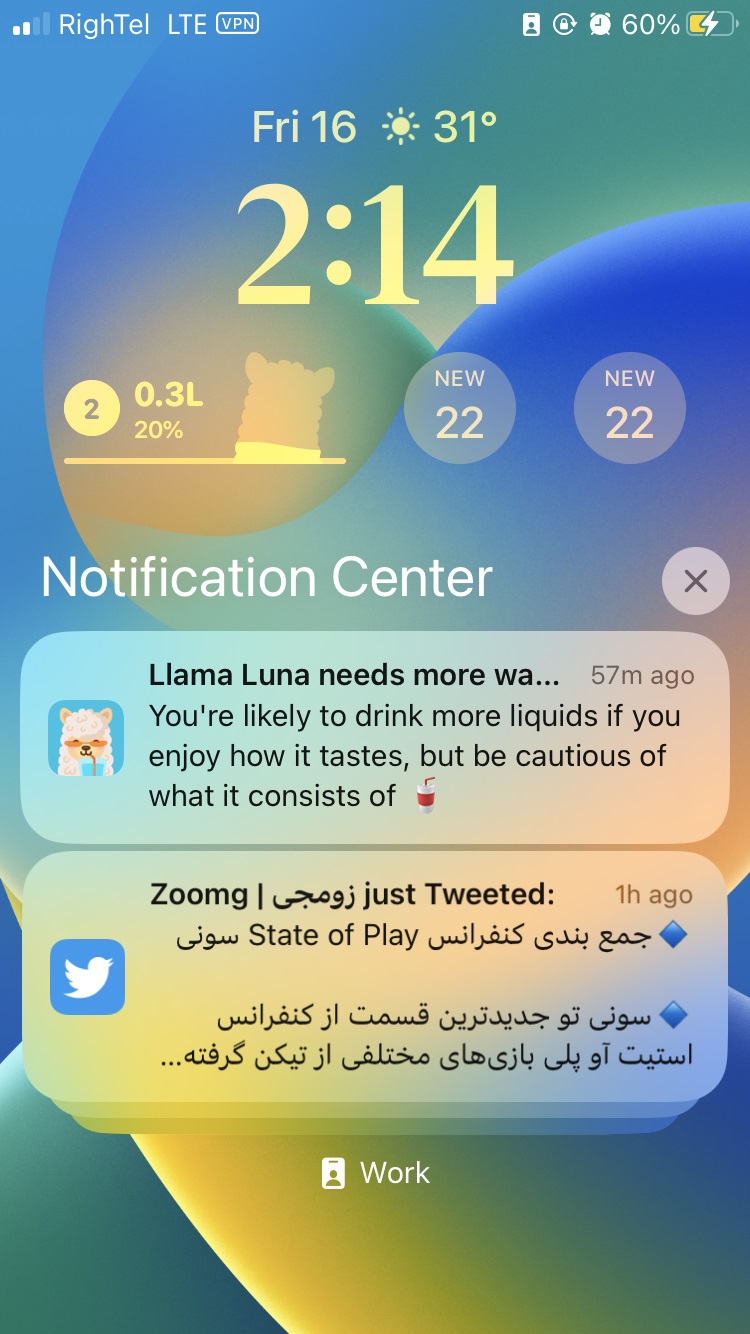
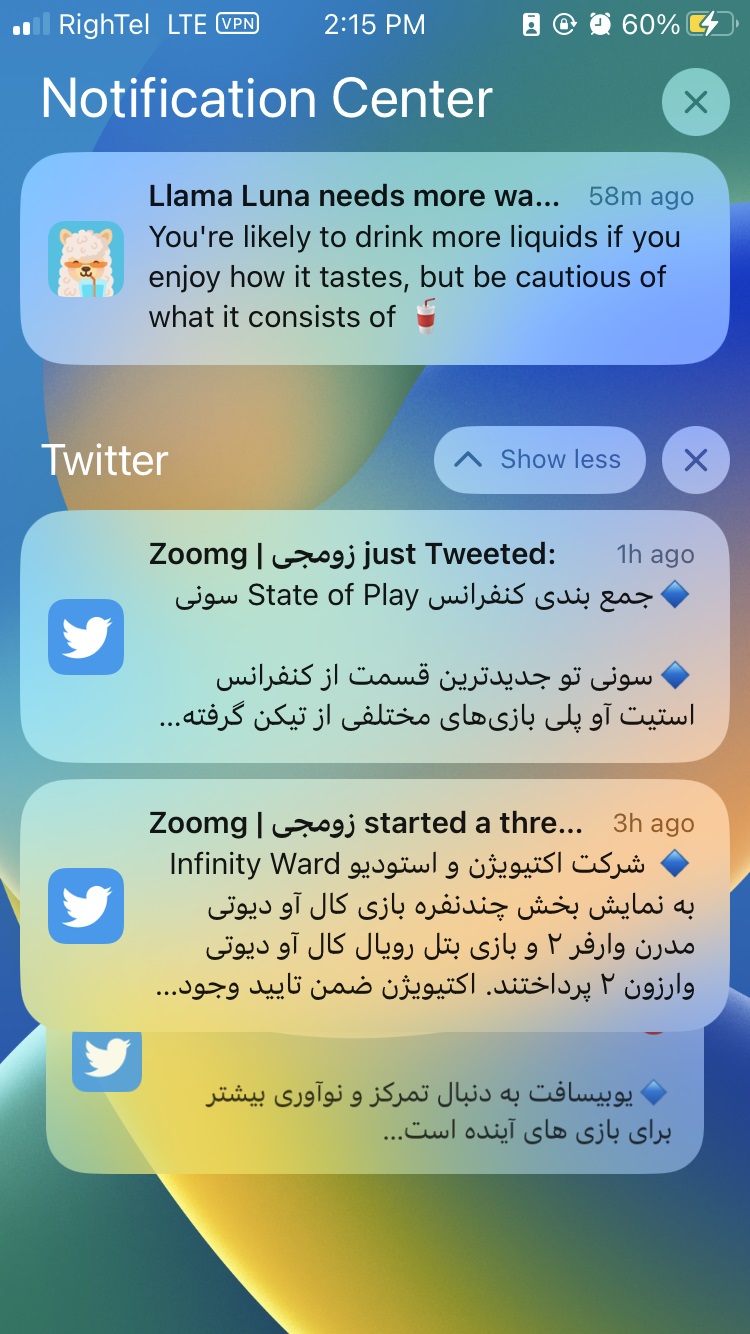
Suppose you swipe down on the lock screen. If you swipe up, notifications are displayed in specific categories based on the most recent, and you can access all information by tapping on each type. In that case, all reports will hide, and only the number of applications you have received messages from will display next to a small circle and the word Notifications.
Apple’s idea to focus on the bottom of the screen as screens get taller is brilliant. I think people who enjoy minimal design will appreciate the new notification UI in iOS 16.
Innovative features of iOS 16
Many of the new features of iOS 16 have been around for a long time in other operating systems, and some users may not even notice many others. But Apple has introduced two new iOS 16, which are currently only for its ecosystem; the Live Text feature in the video and the Visual Look Up part.
The Live Text feature, previously presented in iOS 15 to read text from images, has now been added to video; Of course, currently, it can only use for videos recorded with the iPhone camera or filmed from the screen.
To use Live Text, pause the video (in video recording mode, this feature is disabled) and then hold your finger on the displayed text to activate copy, translate, and web search options.
Of course, this feature is not flawless and often makes mistakes in recognizing words. Additionally, Live Text is only available for iPhones equipped with the A12 Bionic chip or higher, i.e., iPhones from 2018 onwards.
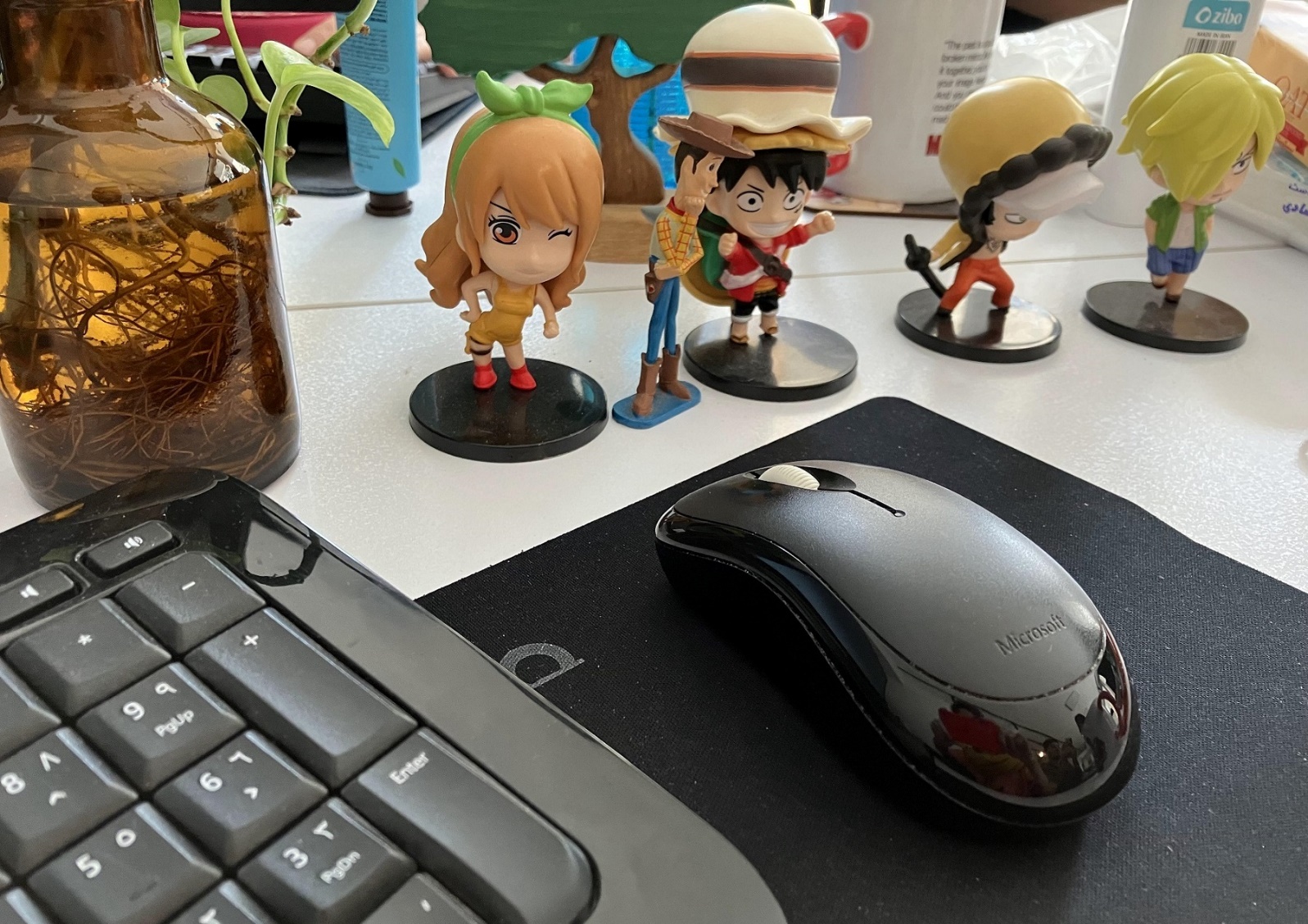

The second feature you will experience only with iOS 16 is Visual Look Up, which is used to cut the photo’s subject from the background with just a finger press and then paste it into various applications, including Messages or Notes.
This image can be a screenshot or any photo saved in Photos or Safari, and you will get the best results when the border between the subject and the background is transparent. Of course, you may think that this feature is not very useful, but in terms of technology, it is one of the most impressive features of iOS 16.
I should have added those Features years ago.
Along with the dramatic changes to the lock screen and the unique features of iOS 16, the latest iPhone operating system is full of features that Apple could have quickly released years ago. Still, for whatever reason, it didn’t. Some of these features have long existed in Android or various applications, and now iOS users can finally benefit from them at the operating system level with a new update.
Keyboard haptic feedback
Before iOS 16, one option to access haptic feedback, which brings a slight vibration to the iPhone keyboard as you type, was to use Google’s Gboard keyboard. I don’t know about you, but for me, the haptic vibration when typing on a touchscreen is much more satisfying than a click or a mere blackout. Of course, this feature is disabled by default, and to use it, you need to go to Settings > Sounds & Haptics > Keyboard Feedback < Haptics.
Improvement of Dictation and ability to recognize the Persian language
Of course, the Dictation feature is only helpful for those Iranian users who sometimes need to type in English; However, the improvements made in this feature are so significant that they cannot ignore it. iOS 16 has now made it possible to use the keyboard and Dictation simultaneously; So, so while the phone still reacts to your voice and converts your words into text, you can manually type and make the necessary corrections.
Additionally, Dictation automatically puts a complete stop at the end of your sentence when it detects you’re done. The ability to add emojis while dictating is also one of the exciting improvements that can be added to the text while typing by saying “happy emoji” or “heart emoji.”
Speaking of Dictation, we should add that in iOS 16, it is possible to recognize the Persian language for reading texts by selecting the “Dariush” voice in the Accessibility > VoiceOver section; However, in our review, the iPhone was utterly unable to read Farsi and mistook it for Arabic. Hopefully, this will fix in future updates.
Extensive changes to iMessage
As you probably know, the iMessage application is so vital to Apple that it considers it one of its most valuable weapons to monopolize its ecosystem, especially in North America; So that a seemingly insignificant feature such as the difference in the color of message bubbles on iPhone and Android phones, has led many younger people to buy iPhones. However, iMessage has been missing out on several key features, which are thankfully added in iOS 16, including the ability to edit or cancel sending messages.
Each message can be edited up to 5 times in iMessage
Apple has added the ability to edit messages to fix typos; Therefore, the history of all revisions (five times for each letter) is available to the recipient. It is possible to cancel sending a message only after two minutes, which seems reasonable.
Other features added to iMessage include team collaboration; In this way, if you share a file through Notes or Safari or iWork in iMessage, with any changes you make to the original file, your contact will inform you immediately.
Although this feature is well done, I doubt that users will want to prefer the iMessage environment to teamwork applications such as Teams. Of course, Apple provides the necessary API for various applications, and it remains to be seen whether big developers like Microsoft will be willing to use it.

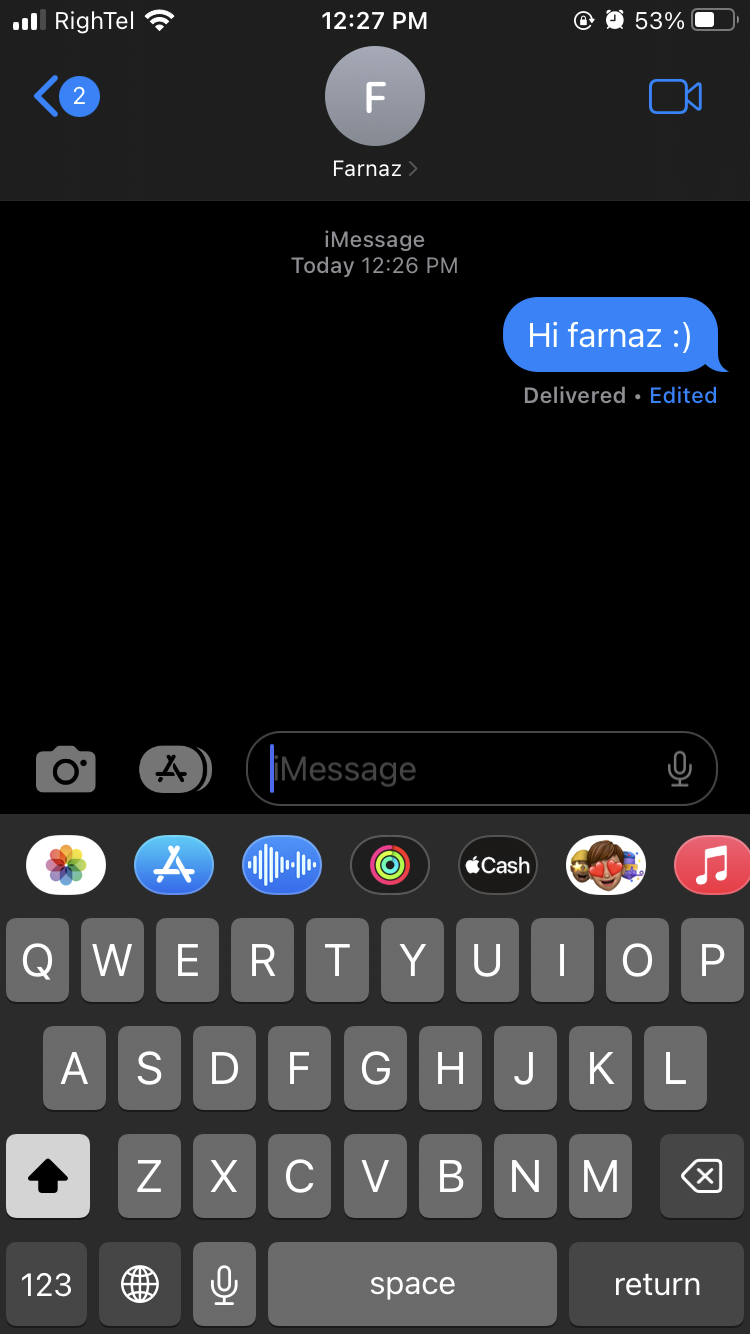
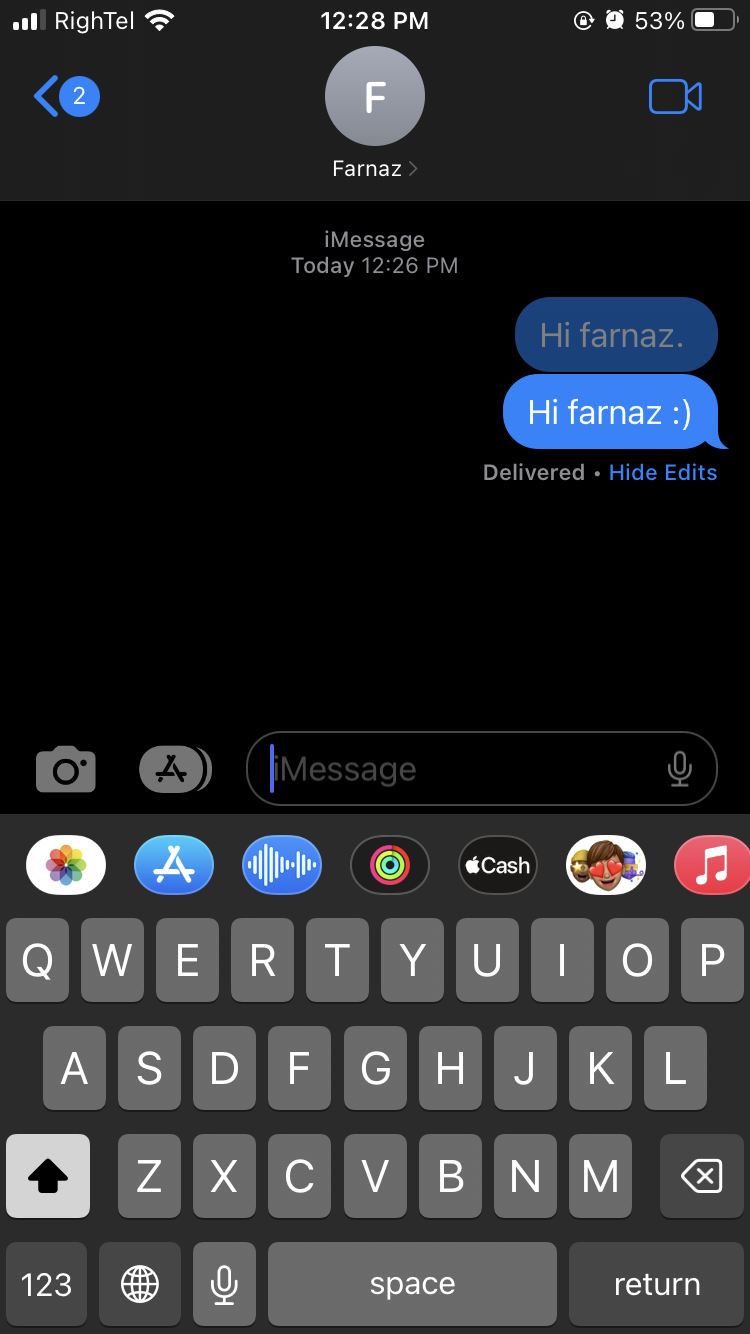
Another exciting feature added to Messages is the ability to mark the opened message as unread so that you remember to reply to it when you have the opportunity. There is also a hidden feature called Unknown Filter Senders in the settings section, which can activate from Settings > Messages.
By enabling this feature, the Filters option will appear at the top left of Messages, and by selecting Unread Messages from the displayed list, you can see only the messages that have not been read yet. You can also retrieve messages from the Recently Deleted section up to thirty days after you delete them.
Mail features
The iPhone Mail app is now equipped with features that almost every other email app has been offering for years, including canceling an email or setting a future time to send it.
When you default press the send button in Mail, you have ten seconds to cancel sending it. But if you go to Settings > Mail, at the bottom of the page, you can increase the pause time in sending emails up to thirty seconds.
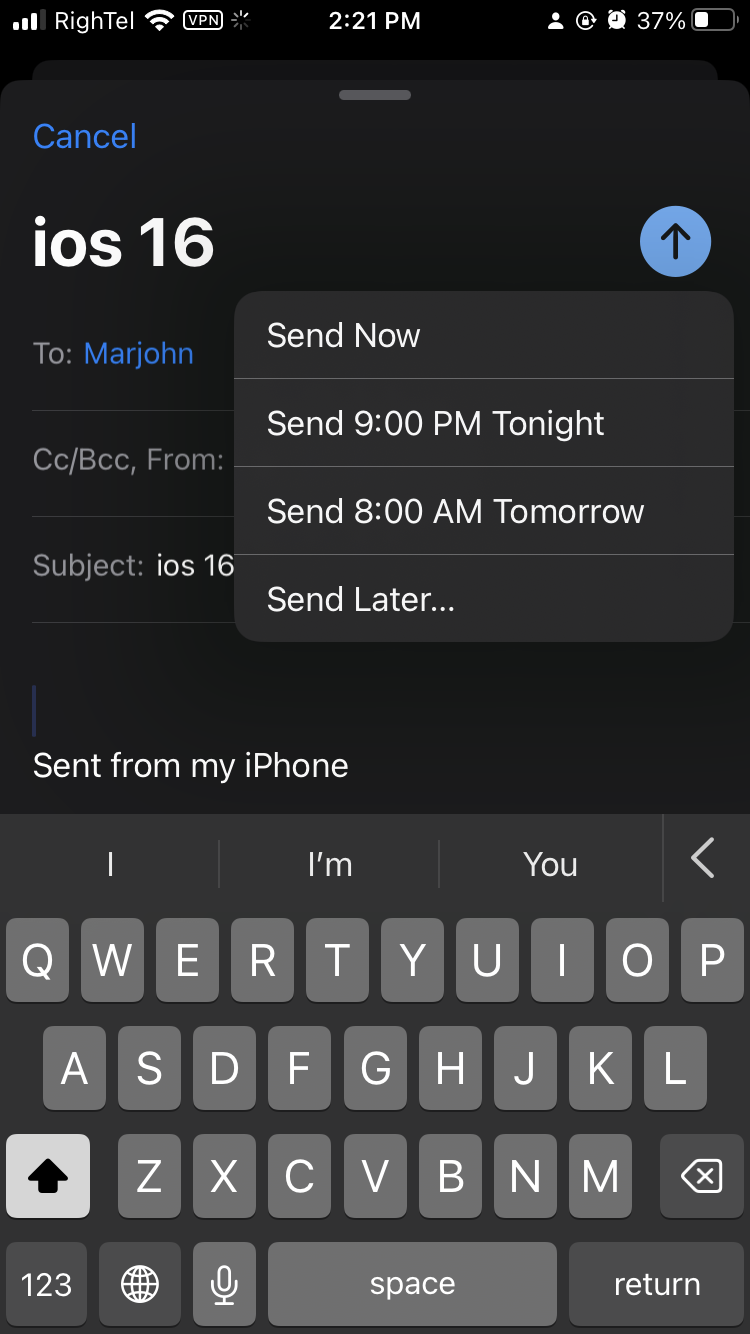
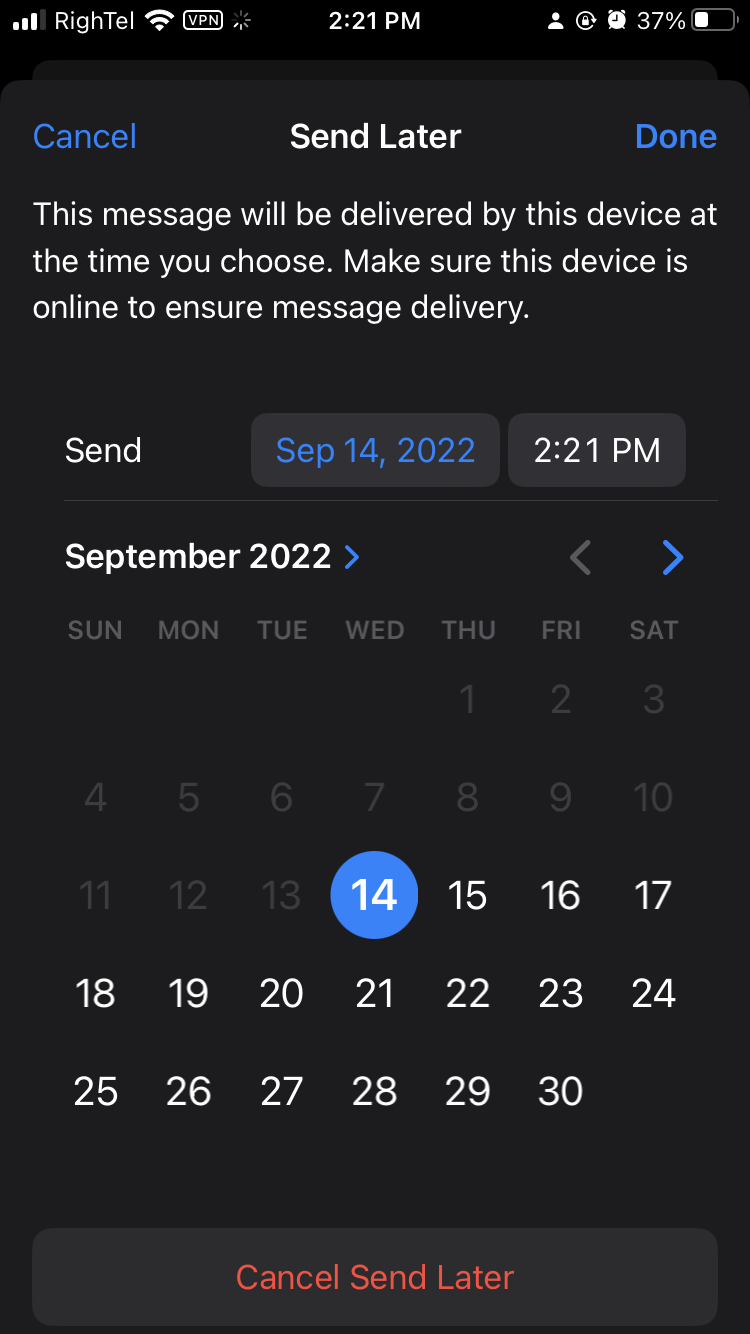
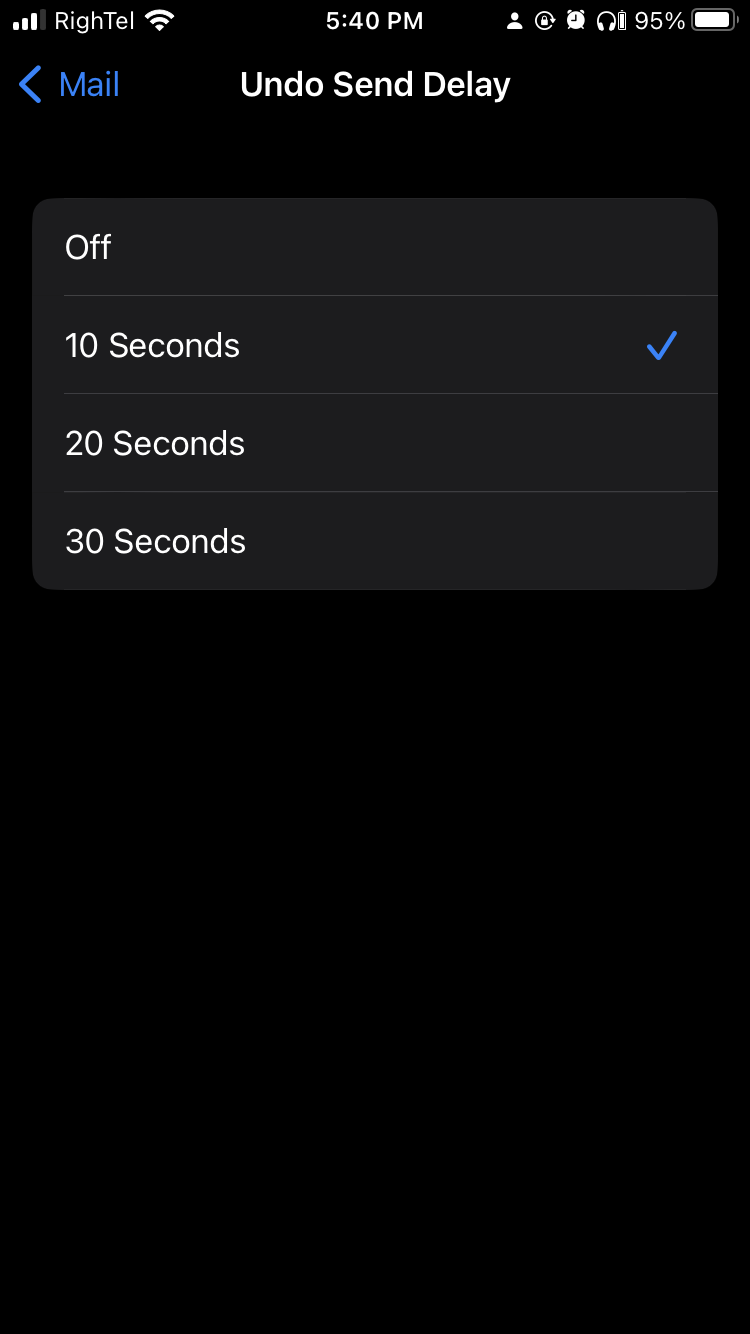
To set a specific time to send an email, after selecting the recipient’s address and writing the message, keep your finger on the blue send button until the options for setting the time to appear. For convenience, you can use the same suggested date or enter the calendar section by selecting Send Later and choosing the exact date and time of sending.
Also, by selecting Reply, you will access the Remind Me option so that you can feel free to reply to the email at another time.
Delete similar images and videos
Deleting images and similar videos is one of those features that makes you wonder why it took so long to come to iOS. In iOS 16, the Photos app in the Albums tab and under the utility section has an option called Duplicates, which will show you a list of similar images and videos (provided, of course, that there are similar images in the album). The file size is also written under each photo so that you can keep the file with higher quality.
In addition, albums related to hidden or deleted images are more secure and can only be accessed with Touch ID.
New capabilities of the health and wellness department
Tim Cook once said: “In the future, if you look back and ask the question, what was Apple’s most important achievement for humanity?” The answer is in the field of health.” Although this claim is bold for a company whose primary profession is not to provide medical services, it can say that it is somewhat true, and iOS 16 has paid more attention to the health and wellness field than ever before.
Medications remind when to take medicine.
One of the most valuable and exciting features in this section is adding a list of medications you can find in the Health application under Browse Medication. All you have to do is press the Add Medication button, type the name of the medication and other details, choose a specific shape and color for each drug, specify the time to take the medication, and then leave the task of reminding the iPhone. In addition, by choosing Taken or Skipped, you can record the drug consumption records in the Health application.
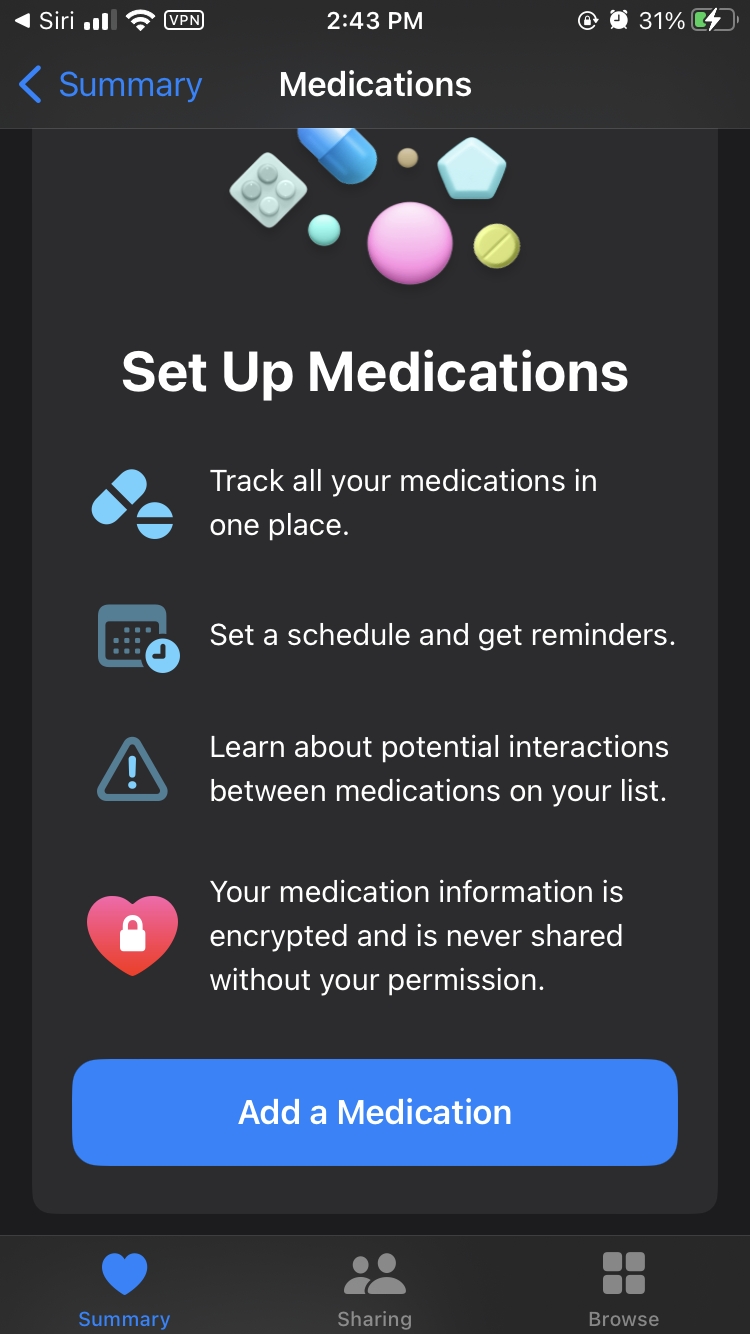
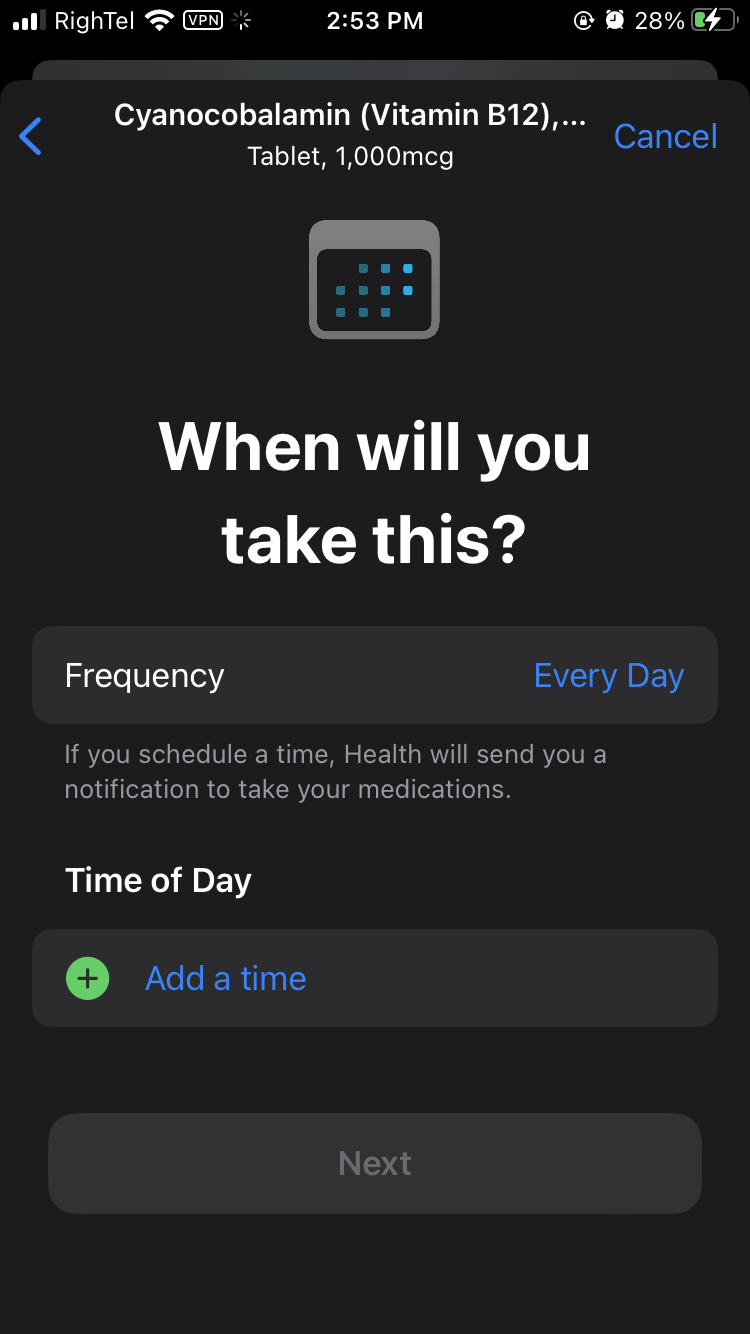
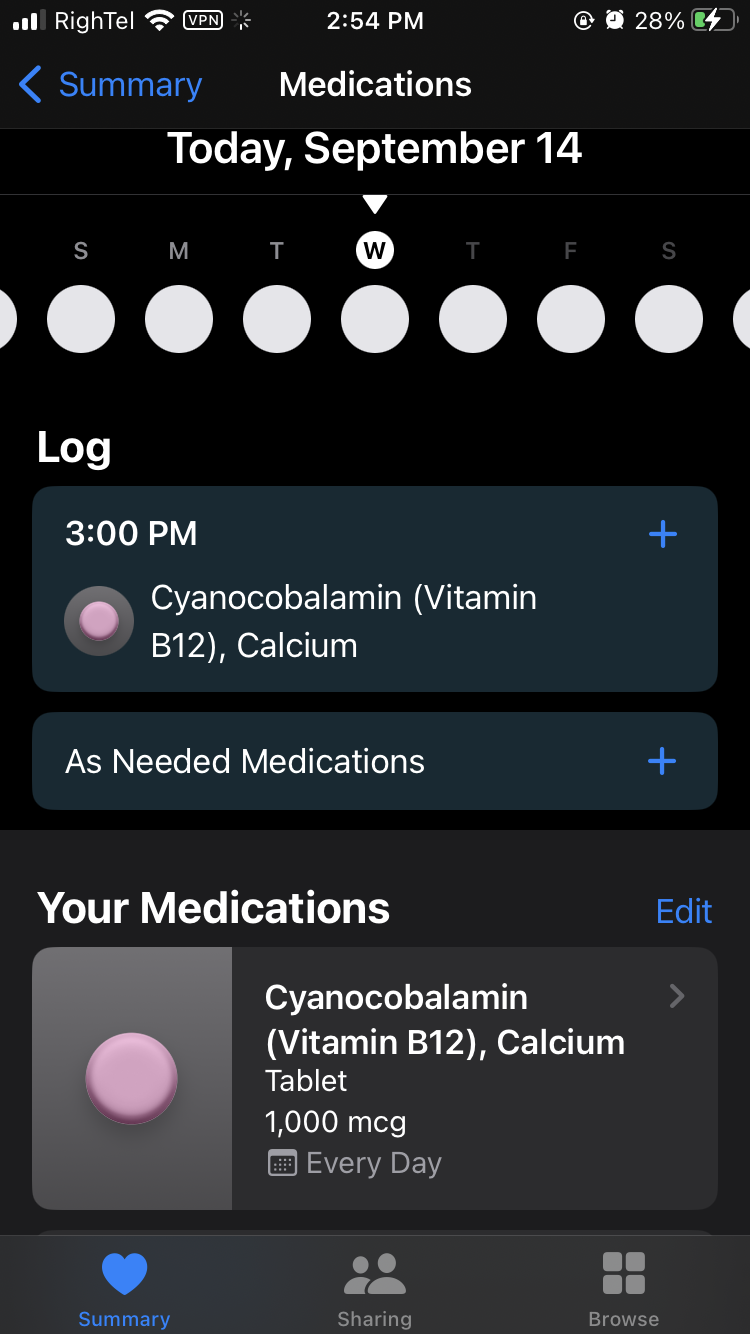
Regarding health and wellness, let’s also say that in iOS 16, Apple has added the Fitness app, which previously required having an Apple Watch, to the total number of default apps.
This application, without Apple Watch, can only record the number of steps taken by the user using the motion sensors of the iPhone and, based on that, estimate the number of calories burned. Of course, to record the number of steps, always have your phone in your hand while moving; Therefore, this application may not be efficient.
Conclusion
iOS 16 is a stable and nearly bug-free update, and in the few days we’ve been testing it on an iPhone SE 2022, we haven’t run into any major issues like battery drain or overheating. The only bug we noticed during this time was the display of widgets. So, if you’re excited to experience iOS 16 and can’t wait for the next update to roll out, I don’t think you’ll have much of a problem with the first version of this update.
However, this version is still missing some of the features introduced at WWDC 2022, including Live Activities and the Freeform app that allows users to work on team projects from within iMessage. Some parts are only available for some iPhones; For example, Live Text and Visual Look Up and Dictation enhancements are only available for iPhone XS and later. The display of the phone charge percentage inside the battery icon is also not public for iPhone 11, XR, and 12 and 13 mini for unknown reasons.
With all this said, can we say that iOS 16 has fulfilled all our expectations from the iPhone operating system?
Honestly, the answer to this question depends partly on the plans of Apple and the app developers. Apple has put the main focus of iOS 16 on personalizing the lock screen and adding widgets; But for now, the non-interactivity and the limited number of devices are disappointing, and the enthusiasm that Craig Federighi showed when introducing the new lock screen personalization tool is not transferred to the user.
However, the always-on display and Dynamic Island feature on the iPhone 14 Pro and Pro Max will showcase the new features of iOS 16 and the lock screen in a much better and more efficient way, and when developers adapt their apps to take advantage of the UI changes of the new operating system. iOS 16 could be Apple’s best update in years.
Finally, it should also be noted that apart from one or two significant changes, iOS 16 is primarily about minor improvements that will likely go unnoticed by many users. If Apple has ambitious and innovative ideas in mind, I doubt it will use them in the iPhone OS, and we will probably have to wait until the company’s mixed reality headset or electric cars to see them.
